
Preview
Material for Exam 2 - Spring 2007
Print
the PDF version (no pictures, better printing)
One green pea plant is illuminated with red (660nm) light and another plant is illuminated with green (555nm) light. The two plants are of the same size and are kept under identical conditions.
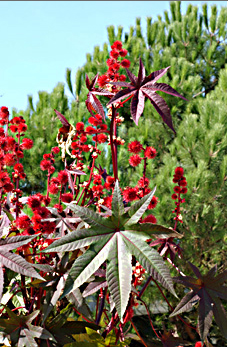 source
sourceThe castor oil plant (Ricinus communis) grows in temperate and tropical regions. Most varieties are green, but some are red or purple. Many animals attempt to feed on the plant. The plant produces a protein called ricin that is toxic to insects and other animals. The plant is not affected by the ricin because the protein is stored in its cells in an inactive form. Ricin becomes active however after it is ingested by animals. Once an animal ingests ricin, the protein binds to and inactivates the ribosomes in the animal’s cells.
Parathion is an insecticide used on cotton, rice and fruit trees. Once ingested by an insect or other animal, it disrupts neural function by inhibiting acetylcholinesterase.
Icelandic cattle are descendents from a small group of cattle brought to Iceland from Norway during the settlement of Iceland in the 10th century. The Icelandic cows produce milk with higher protein content than most other cattle.
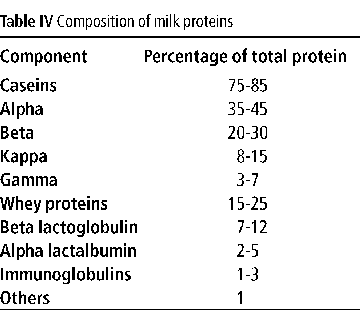 source
sourceSaint Vincent Island is a mild, subtropical barrier island off the gulf coast of Florida. It is a National Wildlife Refuge with unique non-native species as well as species native to the area. There are Sambar deer, and Asian elk (introduced by previous owners when the island was privately held) as well as native white-tailed deer. Ten separate habitat types have been identified, ranging from wetlands, to dunes, to drier hardwood and slash pine habitats. Adult Sambar deer average 500-600 pounds - much larger than the native white-tailed deer; which average 100-130 pounds on the refuge. These two species co-exist on St. Vincent and occupy different ecological niches. Generally, the white-tailed deer prefer drier uplands habitats, while the Sambar deer spend most of their time in the marshes and other wetlands. The Sambar deer are host to a population of Asian ticks, which were on the original Sambar deer brought to the island. On St. Vincent, these ticks are only found on the Sambar deer. Recently, Red Wolves have been introduced to the island as a means to increase the wolf population in a protected environment.
During a storm, a Sambar deer was blown over to a much smaller, nearby island called Little St. George Island. Little St. George does not have enough vegetation and water to support Sambar deer, but does support a population of squirrels. Soon after arriving on Little St. George, the Sambar deer died of dehydration. Some of the ticks on the Sambar deer were capable of feeding on squirrels, poorly. After several generations, all the ticks on Little St. George were efficient squirrel parasites.
 source
sourceOn each island of the Greater Antilles (Cuba, Hispaniola, Jamaica, and Puerto Rico), there is a different set of anatomically and behaviorally similar lizard species called anoles that use similar parts of the environment. The anoles are categorized by where they are found on the plants or ground: trunk-ground, trunk, trunk-crown, crown-giant, twig, and grass-bush.
A scientist sets up an experiment in which she measures the changes in different variables in plant cells that she exposes to different colors of light. She has two sealed chambers. Over one she changes filters between the light source (the sun) and the plant. The other is her control. For the current experiment, she is using a filter that lets light of 590nm (yellow) through and is interested in knowing how this color of light affects the plant metabolism. She exposes the two plants to lights of equal intensity for 20 minutes then measures several variables.

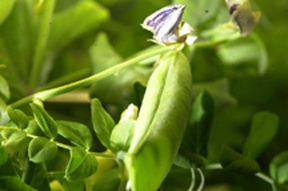 source
source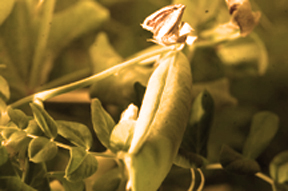 source
source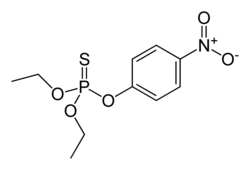
 source
source source
source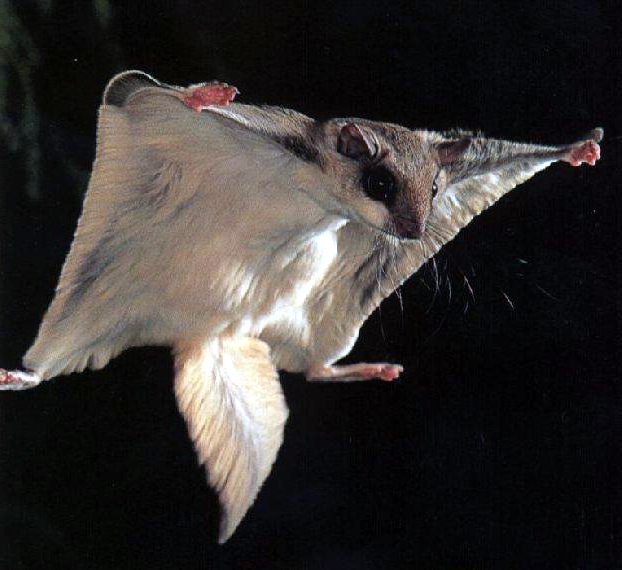 source
source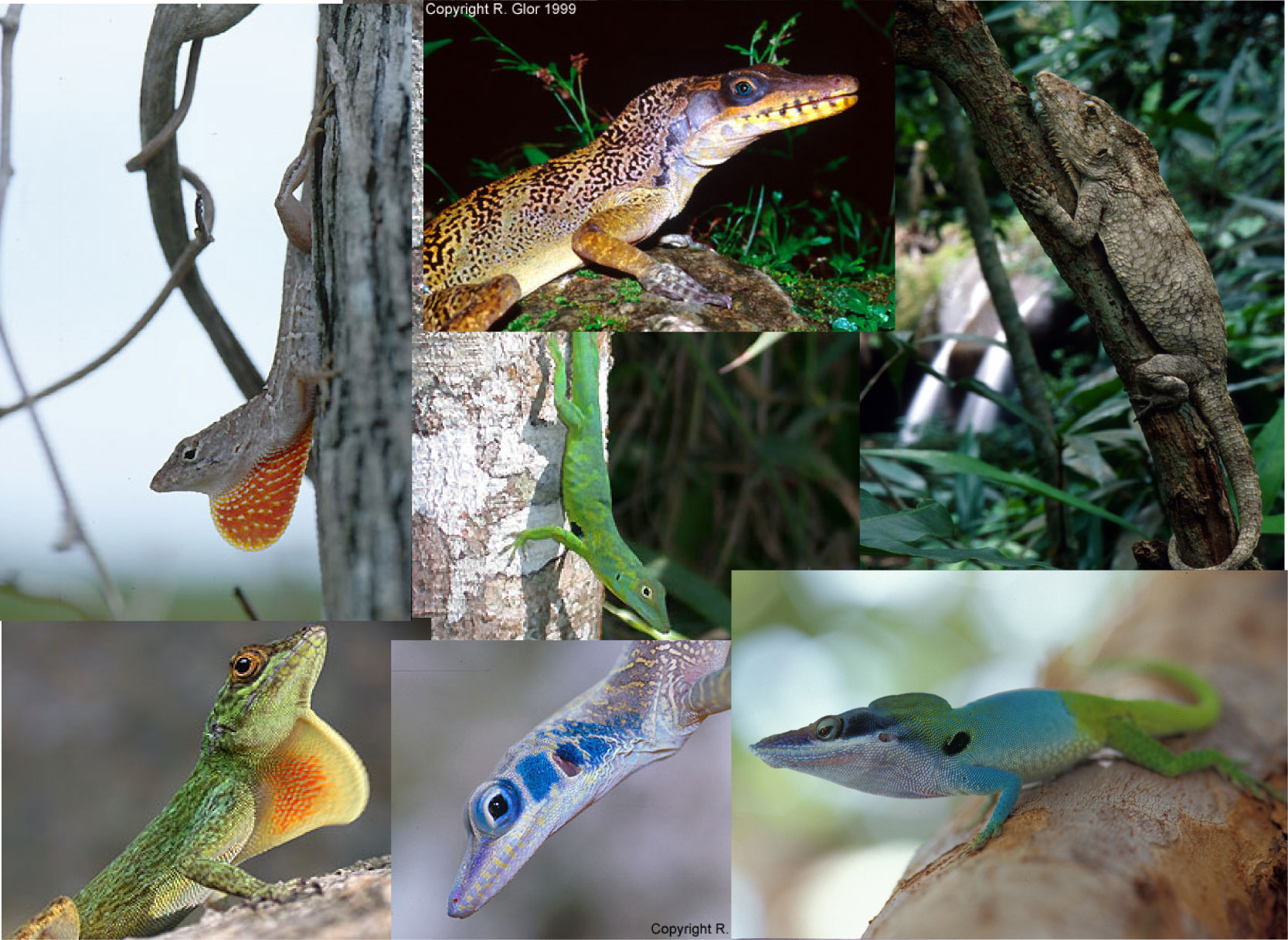 source
source source
source